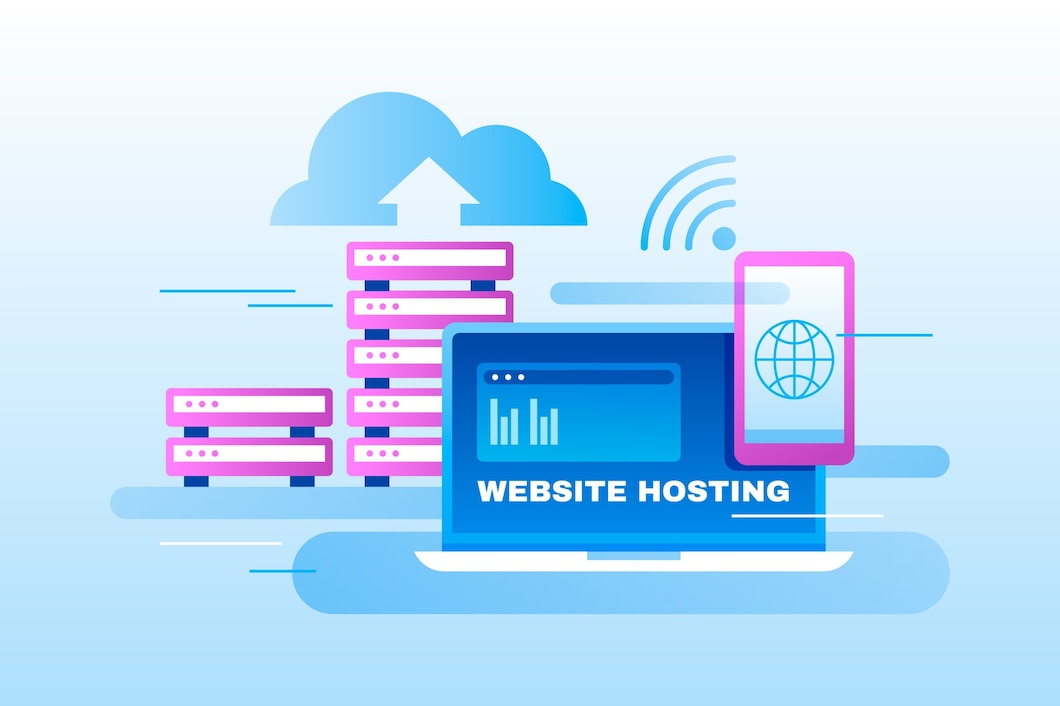Transitioning your website to a Virtual Private Server (VPS) represents a strategic move aimed at elevating performance, scalability, and control. Despite its benefits, the migration process may appear formidable. By migrating to a vps, you unlock enhanced resources and autonomy, ensuring your website operates seamlessly even during traffic spikes. This decision empowers you to fine-tune server configurations, optimize software, and manage resources more efficiently. While the migration process may seem complex, the resulting advantages in terms of performance and control make it a worthwhile and strategic investment for your online presence.
This guide will help you migrate your website to a VPS server. It will ensure a smooth transition without compromising your site's functionality.
What is a VPS Server:
A virtualized hosting environment that functions as a separate, private server inside of a larger physical server is called a virtual private server, or VPS. Allocating dedicated resources like CPU, RAM, and storage through virtualization technology, gives customers a degree of control and customization akin to that of a dedicated server. VPS hosting is a great option for individuals and organizations who need more powerful hosting capabilities without having to pay for a dedicated server since it provides better security, scalability, and performance than shared hosting.
A Step-by-Step Guide to Migrate Your Website to a VPS Server:
Step 1: Choose the Right VPS Hosting Provider-
Before you start moving your website, you need to carefully select a reliable VPS hosting company that meets the requirements of your website. Make sure the server's specs satisfy performance requirements by evaluating them. Examine price options to make sure they fit within your budget and evaluate the level of customer service for prompt help. An informed hosting provider selection is essential to a smooth and effective transfer procedure.
Step 2: Backup Your Website Files and Database-
Start the transfer process with a strong safety net: make a complete backup that includes all of the files and database for your website. This safety precaution acts as a backup plan if unexpected problems arise during the transfer. Make use of technologies like FTP clients, cPanel, or specialized database management solutions to create a safe and thorough backup, guaranteeing the data integrity and recoverability of your website during the conversion process.
Step 3: Set Up the VPS Server-
After deciding on a VPS hosting company, set up your VPS server. Important actions including selecting the operating system, setting up necessary security settings, and wise resource allocation are required for this. An easily navigable and quick setup procedure is made possible by the many hosting companies' user-friendly interfaces. This stage is essential for guaranteeing maximum performance and security while customizing the VPS environment to your unique requirements.
Step 4: Transfer Website Files to the New Server-
A crucial step is moving the files for your website to the new VPS server. For a smooth upload, use the file manager provided by the hosting company or an FTP client. Maintain the current file structure carefully to avoid missing or broken links. With this careful file transfer, you can be confident that your website will remain intact and run consistently in the new VPS hosting environment, resulting in a seamless user experience.
Step 5: Import the Database-
A crucial step is moving the files for your website to the new VPS server. For a smooth upload, use the file manager provided by the hosting company or an FTP client. Maintain the current file structure carefully to avoid missing or broken links. With this careful file transfer, you can be confident that your website will remain intact and run consistently in the new VPS hosting environment, resulting in a seamless user experience.
Step 6: Update DNS Records-
Update the Domain Name System (DNS) records using the nameservers supplied by your VPS hosting provider to reroute users to your new VPS server. It is important to have patience during the propagation phase of DNS modifications, even though they may take some time. Users will be able to view your website at its new location on the VPS hosting environment thanks to this step, which guarantees a smooth transfer.
Step 7: Test Your Website-
Please be sure to thoroughly test your website on the new VPS server before wrapping up the transfer procedure. Examine the website for any problems like broken links and missing files, and make sure that all features operate properly. Before going live, this thorough testing stage is crucial for finding and fixing any problems. It guarantees a flawless and error-free user experience on your freshly migrated website.
Step 8: Monitor Website Traffic and Performance-
After the transfer, keep a close eye on the functionality and traffic of your website. Use resources like Google Analytics and dedicated server monitoring software. It will help you determine how well your VPS server can handle the traffic. As soon as performance problems occur, take quick action to fix them so that users of your recently transferred website may enjoy maximum functionality and a seamless experience. The secret to keeping performance at its best is regular monitoring.
Conclusion:
The migration of your website to a vps server hosting marks a transformative leap for your online presence. Following these steps meticulously guarantees a seamless transition. Consequently, minimizing downtime and paving the way for enhanced website performance in the new VPS hosting environment. For any challenges encountered during migration, seek guidance from your hosting provider's support team. By undertaking this process with care and attention, you position your website for improved efficiency, scalability, and control. Moreover, it ensures a positive impact on user experience and overall online success.


No comments yet